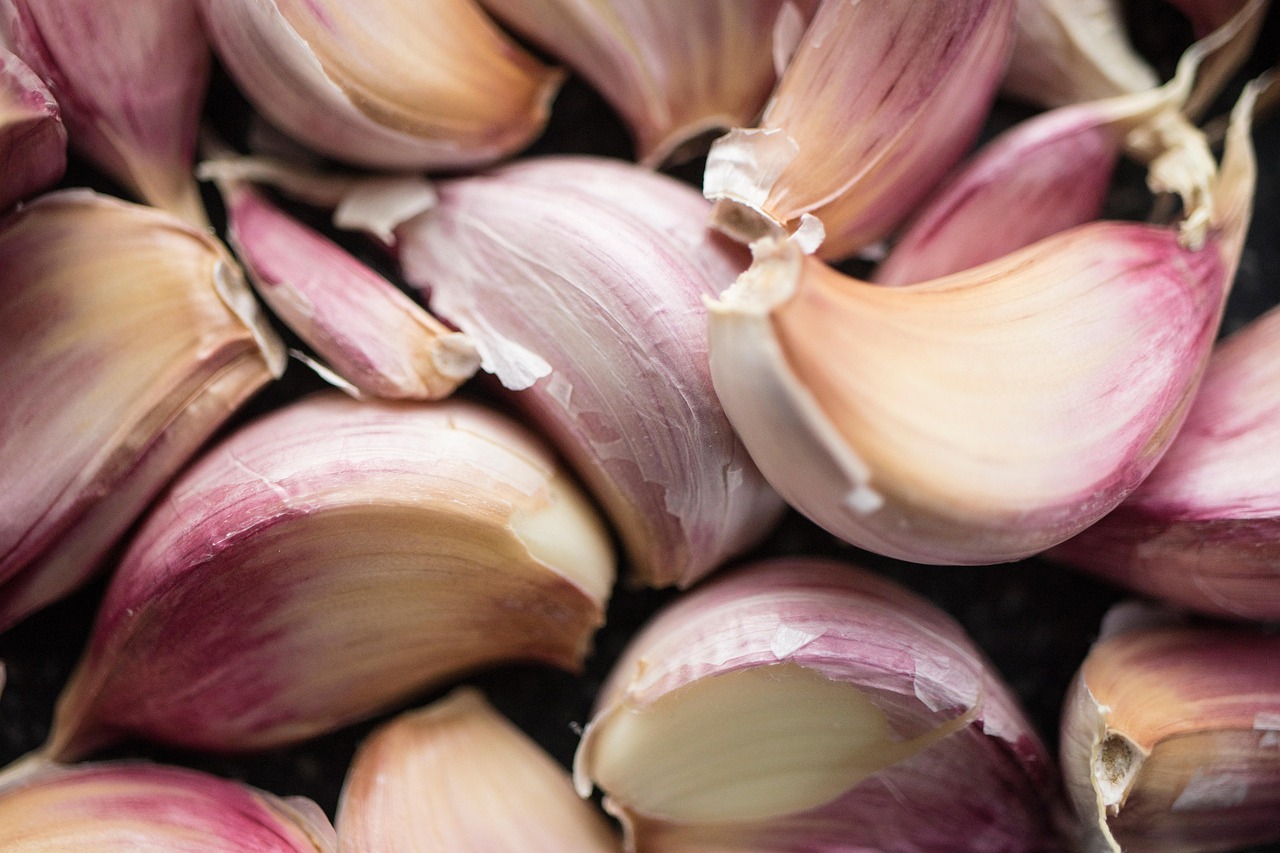“`html
If you’ve been exploring the world of nutrition, you’ve likely come across the term “clean eating.” This popular approach to food not only emphasizes the importance of what we eat but also how it impacts our well-being and the environment. Clean eating focuses on whole, minimally processed foods, allowing individuals to enjoy a healthier lifestyle through mindful choices. In this blog post, we’ll delve into the principles of clean eating, its benefits, practical tips for incorporating it into your daily routine, and more. Let’s embark on this journey toward a cleaner, healthier way of living!
Understanding Clean Eating
Clean eating isn’t a strict diet; rather, it’s a lifestyle choice that encourages the consumption of foods in their most natural state. Here’s what you need to know:
The Definition of Clean Eating
- Emphasizes whole, unprocessed foods.
- Avoids artificial ingredients and refined sugar.
- Focuses on plant-based foods, lean proteins, and healthy fats.
- Encourages mindful eating practices.
Key Principles of Clean Eating
- Choose Whole Foods: Opt for fruits, vegetables, whole grains, lean meats, and nuts.
- Minimize Processed Foods: Limit items that contain additives, preservatives, and artificial ingredients.
- Practice Portion Control: Pay attention to serving sizes to prevent overeating.
- Stay Hydrated: Drink plenty of water and avoid sugary drinks.
Benefits of Clean Eating
Adopting a clean eating lifestyle can yield numerous health benefits. Here are some of the most notable:
Physical Health Benefits
- Improved digestion and gut health due to fiber-rich foods.
- Enhanced energy levels from nutrient-dense meals.
- Better weight management through mindful eating practices.
- Reduced risk of chronic diseases, such as heart disease and diabetes.
Mental Health Improvements
A clean diet can also positively influence your mental well-being:
- Stabilized mood and reduced anxiety levels.
- Improved cognitive function and focus.
- Elevated overall quality of life.
How to Start Clean Eating
Transitioning to a clean eating lifestyle can be straightforward if approached step-by-step. Here are some actionable tips:
Practical Tips to Incorporate Clean Eating
- Plan Your Meals: Set aside time each week to plan healthy meals and snacks.
- Read Labels: Get familiar with food labels and avoid items with long ingredient lists.
- Cook at Home: Prepare your meals using whole ingredients to maintain control over what you consume.
- Gradual Changes: Start by integrating one clean meal a day and gradually increase.
Shopping for Clean Ingredients
When grocery shopping, choose clean ingredients by following these guidelines:
- Opt for organic produce when possible to reduce pesticide exposure.
- Select whole grains like brown rice, quinoa, and oats instead of refined grains.
- Choose lean meats, fish, and plant-based proteins like beans and lentils.
- Incorporate healthy fats from sources like avocados and nuts.
Maintaining a Clean Eating Lifestyle
To sustain your clean eating habits, consider these strategies:
Finding Support and Resources
- Join a clean eating community online or in-person for motivation and recipe sharing.
- Follow nutritionists or clean eating blogs for tips and inspiration.
- Utilize meal prep services or apps to streamline your cooking process.
Staying Motivated
Here are some tips to stay committed to clean eating:
- Set specific, achievable goals for your clean eating journey.
- Track your progress in a journal or mobile app.
- Allow yourself occasional treats to avoid feeling deprived.
Conclusion
In conclusion, clean eating is more than just a dietary trend; it’s a sustainable lifestyle choice that prioritizes health and wellness through whole, unprocessed foods. By understanding its principles, embracing its benefits, and making practical changes, you can significantly enhance your physical and mental well-being. Remember, the key to success is consistency and mindfulness in your food choices. Start small, remain patient, and enjoy the journey toward a healthier you!
“`






